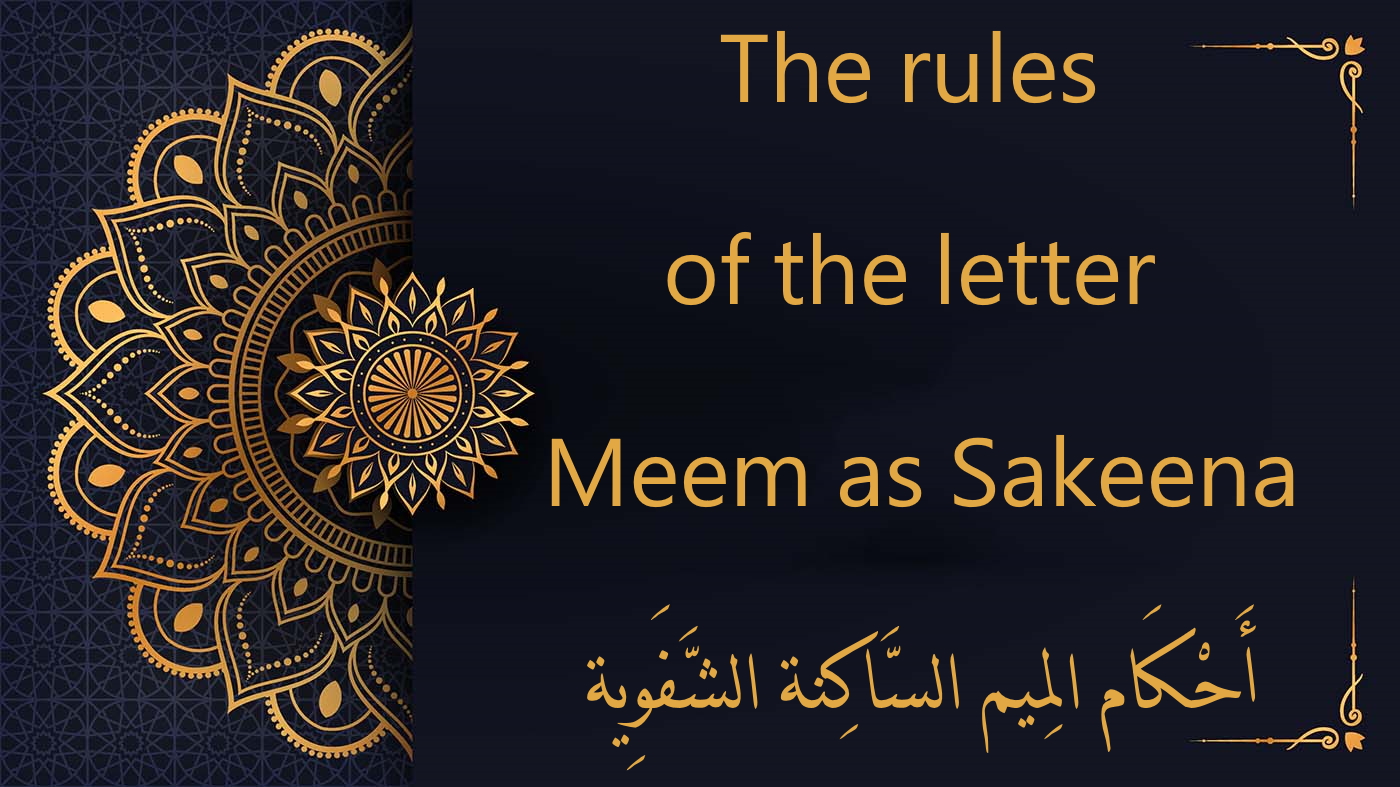Guidelines for the Letter Meem As Sakeena

Guidelines for the Letter Meem As Sakeena The letter “Mim” (م) and its variant, “Meem As Sakeena” (مْ), are both considered labial letters, which means they are articulated using the contact of the two lips. In the case of “Meem As Sakeena,” when it carries a sukoon and is followed by another letter, there are […]

